Asymmetrical skis are a new design in skiing, where the left and right skis are intentionally different to improve performance in specific conditions. Unlike standard symmetrical skis, these are tailored to match how each leg handles turns, offering better control and balance for off-piste skiing. However, they’re not ideal for skiing backward or park tricks, where symmetrical skis still perform better.
If you’re looking for something even simpler, Snowfeet products - like mini skis and skates - are compact, affordable, and versatile. They fit in a backpack, work with regular winter boots, and are great for beginners or casual skiers.
Quick Overview:
- Asymmetrical Skis: Better for off-piste control but require attention to ski orientation.
- Traditional Skis: Reliable for all-mountain use but bulky and expensive.
- Snowfeet Products: Portable, beginner-friendly, and cost-effective alternatives for fun on the slopes.
| Equipment Type | Best For | Pros | Cons |
|---|---|---|---|
| Asymmetrical Skis | Off-piste, powder skiing | Improved control, tailored design | Not ideal for skiing backward, complex |
| Traditional Skis | Groomed slopes, all-around | High performance, advanced techniques | Bulky, expensive, requires ski boots |
| Snowfeet Products | Casual, versatile skiing | Portable, affordable, easy to use | Limited in deep powder |
Choose based on your skiing style, budget, and terrain preferences.
Elan Ripstick 116 (2021): asymmetrical freeride ski for powder
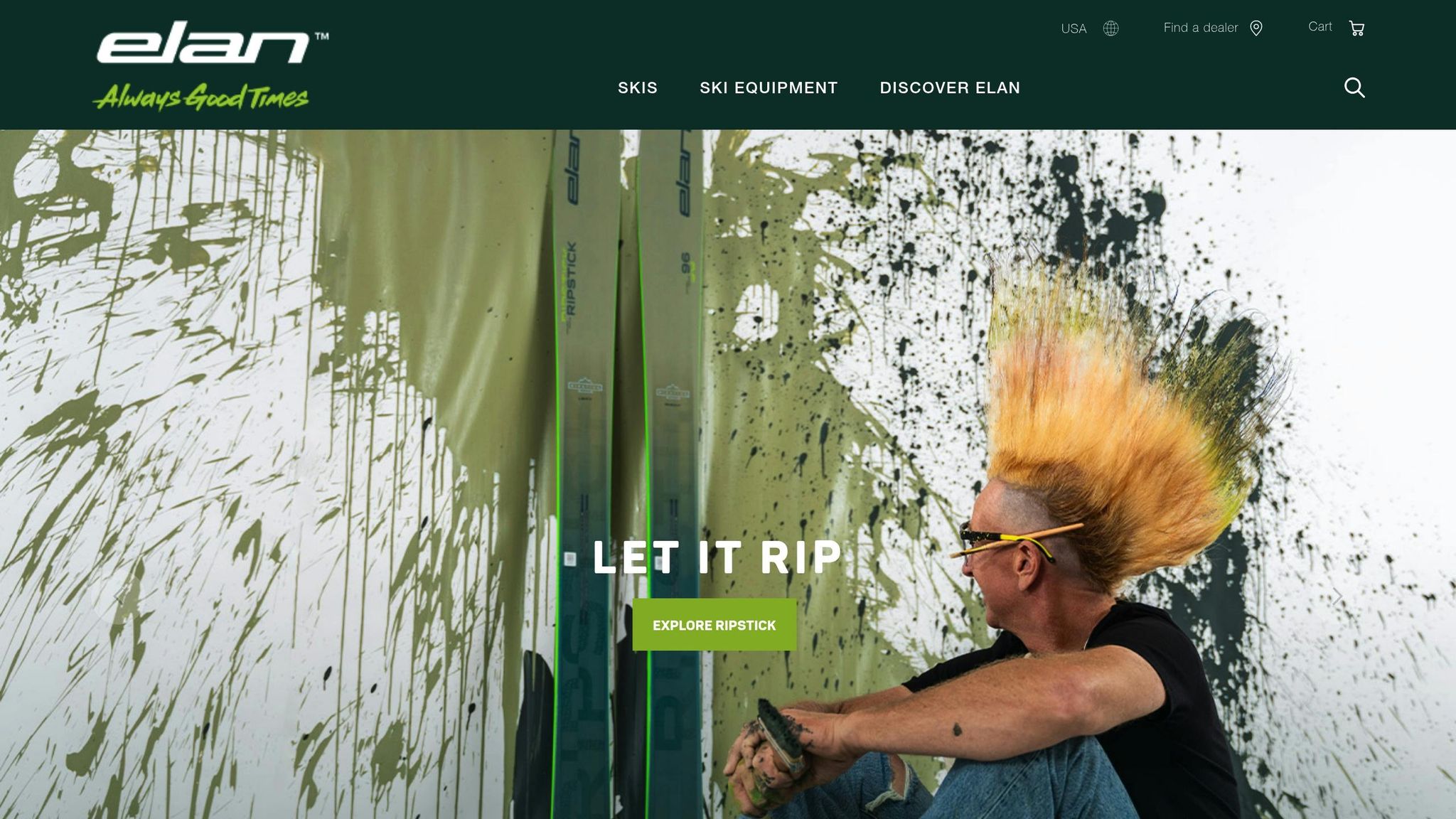
1. Uneven Skis
Uneven, or asymmetrical, skis are shaking up the traditional ski design playbook. Unlike the symmetrical skis we've known for decades, these have different sidecuts on each side of the binding. In simpler terms, the left and right skis are tailored to match the unique forces each leg exerts during turns.
Design Features
The magic of asymmetrical skis lies in how they handle the forces across your stance. As Drew Tabke explains:
"The idea of the Quixote is to balance these changing forces according to the specifics of skiers' body mechanics. While turning, a skier's downhill ski is capable of greater power and control than the uphill ski. On the Quixote, the downhill ski has a longer effective length across which to distribute these higher forces. The uphill ski, meanwhile, with relatively less leverage and power, engages an edge that has shorter effective length. The result is greater equilibrium in the forces traveling between the rider and the skis on each leg, letting the rider have balanced, two-footed stance."
In essence, the downhill ski is built for stronger edge hold by minimizing taper, while the uphill ski maximizes taper for smoother transitions. It's a big departure from the "one-size-fits-all" philosophy used by brands like Rossignol and Atomic.
These thoughtful tweaks make asymmetrical skis a game-changer, especially when you leave the groomed trails behind.
Performance
The benefits of these skis truly shine off-piste, where conditions are unpredictable and perfect carving is rare. They handle changing terrain with ease, giving skiers more control and stability when it counts.
However, there's a trade-off: skiing switch (backwards) isn't their strong suit. As K-Dot points out, "The difference between truly symmetrical skis and barely non-symmetrical skis is really impossible to even notice. The closer to symmetrical a ski gets, the easier it will be to ski switch, logically." For park lovers or those who spend a lot of time skiing backwards, center-mounted symmetrical skis might still be the better choice.
Target Audience
Asymmetrical skis are best suited for all-mountain skiers who prioritize forward performance, especially in powder or unpredictable off-piste terrain. They also encourage a balanced, two-footed stance, though some skiers might find it tricky to keep track of which ski goes on which foot.
For those looking for something entirely different, Snowfeet* Skiblades offer a compact, intuitive design that eliminates force imbalances altogether. They’re perfect for dynamic, quick-turn skiing and stand out as a unique alternative to traditional setups.
2. Standard Skis
Standard skis have long been the go-to choice for skiers tackling a variety of terrains. Unlike the newer asymmetrical designs, these skis stick to a classic, symmetrical structure where both skis in a pair are identical. Big names in the industry, like Rossignol, Atomic, Head, and Elan, have spent decades perfecting this traditional style to cater to a wide range of skiing preferences.
Design Features
The design of standard skis revolves around a few key elements that directly impact performance. These include waist widths ranging from 60 mm to over 109 mm, camber and rocker profiles to manage snow contact, and turning radii that vary from under 17 meters for sharp, quick turns to over 22 meters for smooth, sweeping runs in powder.
- All-mountain skis are tailored for groomed slopes, offering precision and control.
- Wider skis strike a balance, delivering better performance in soft snow while still being nimble enough for on-piste skiing.
Performance
When matched to the right conditions, standard skis shine. All-mountain models, for example, are excellent for carving on groomed runs but can feel out of their depth in deep powder. On the other hand, wider skis (90-109+ mm) are better suited for soft snow but manage to retain some agility for mixed terrain.
Specialized models cater to specific skiing styles:
- Freestyle skis with twin-tip designs are perfect for park tricks and skiing in reverse (switch).
- Touring skis are lightweight, making them a top choice for backcountry adventures and uphill climbs.
Because no single pair can handle every condition perfectly, many avid skiers own multiple sets to match the variety of challenges they might face.
Portability
Here’s the catch: standard skis are bulky. Measuring between 150 and 200+ cm, they can be awkward to transport. You’ll likely need a roof rack or a dedicated ski bag to haul them around. Compare that to Snowfeet* products, like Skiskates (just 44 cm long) or Snowfeet* Mini skis, which are so compact they fit in a backpack. This convenience is a game-changer for skiers who want to skip the hassle of lugging around full-sized skis.
Target Audience
Standard skis are best suited for passionate skiers who don’t mind investing in multiple pairs to tackle different conditions. However, for recreational skiers who value simplicity and portability over specialization, Snowfeet* products offer an appealing alternative. They’re easy to carry, quick to use, and perfect for those who want to focus on fun without the logistical challenges of traditional ski gear.
sbb-itb-17ade95
3. Snowfeet* Products
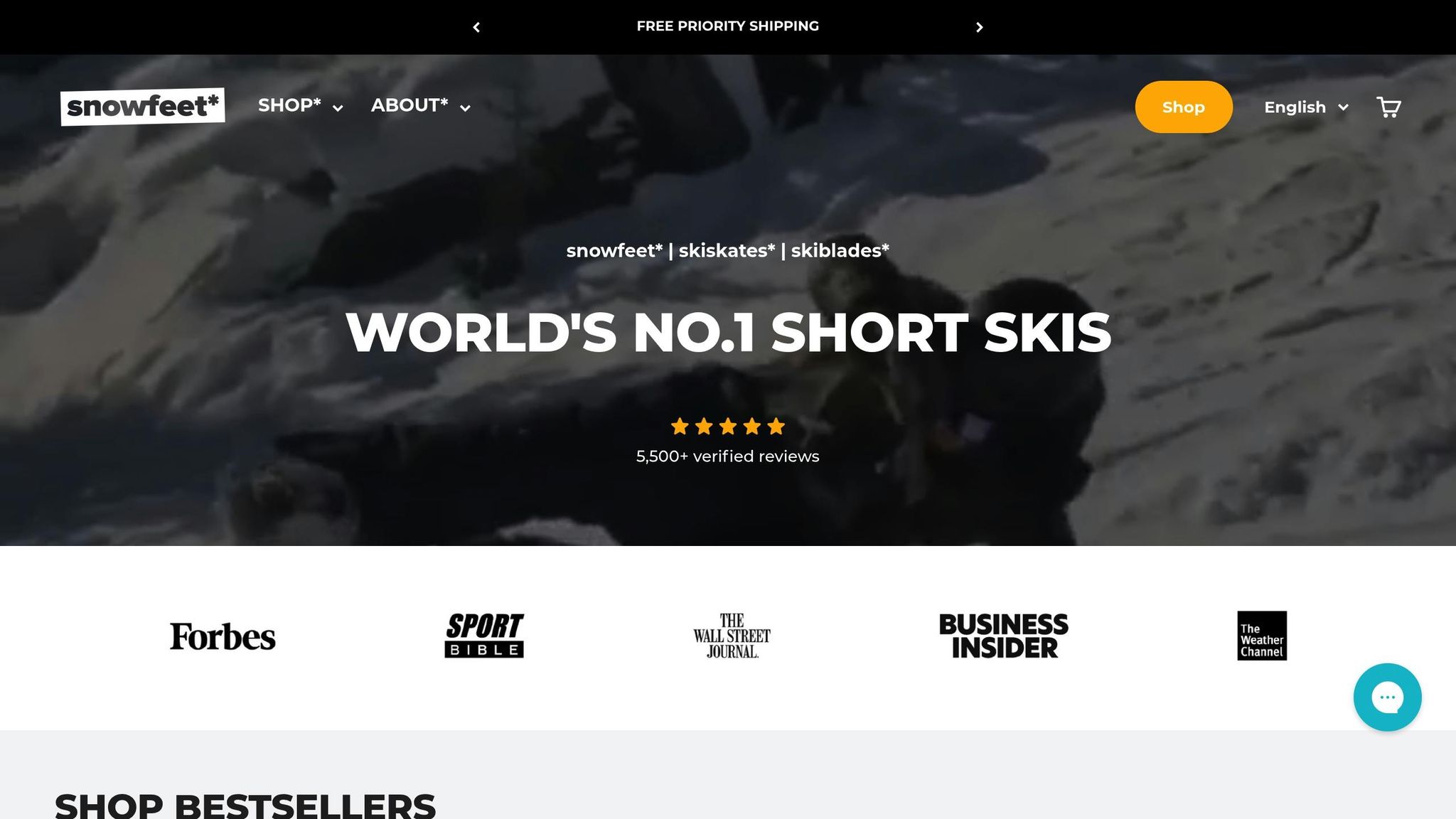
Snowfeet* has taken a fresh approach to winter sports gear, offering a compact and efficient solution that challenges the norms of traditional skiing equipment. While big names like Rossignol and Atomic focus on refining long, complex skis, Snowfeet* keeps it simple - shorter, lighter, and easier to use.
Design Features
Snowfeet* products are anything but traditional. Their lineup includes Mini Ski Skates at 15 inches (38 cm), Skiskates at 17 inches (44 cm), and Skiblades at 26 inches (65 cm). These are far shorter than standard skis, making them more nimble and portable.
Each product is carefully crafted to meet different needs. Mini Ski Skates are made from a fiberglass-reinforced material with metal edges, similar to traditional skis and snowboards. Skiskates, on the other hand, feature a compact wood core construction. All products are designed and manufactured in Europe, ensuring high-quality craftsmanship.
One of the most convenient features? Universal sizing. Snowfeet* bindings fit US sizes 6–13, with three binding options - Basic, Standard, and Pro X - offering a mix of affordability, adjustability, and performance. Unlike traditional skis, which require specialized boots, Snowfeet* can be used with any winter shoes, while Skiskates work with both ski and snowboard boots. This simplicity makes them easy to transport and even easier to use.
Performance
Snowfeet* products shine in scenarios where bulky, long skis might be a hassle. They’re best on groomed slopes and can even handle powder up to 4 inches (10 cm). Instead of relying on length for stability, these compact designs prioritize agility. Skiskates are built for speed on ski slopes, while Skiblades are perfect for carving and balance, especially in snowparks.
Portability
If you’ve ever struggled with lugging around traditional skis, Snowfeet* offers a breath of fresh air. Their compact size means they can fit right into a backpack.
"Fits in a Backpack. Super portable. You can take them easily anywhere." – Snowfeetstore.com
This portability opens up a world of possibilities. Take them on hiking trails, cross-country paths, ski slopes, or even your neighborhood sledding hill. It’s versatility you just don’t get with traditional skis.
Target Audience
Snowfeet* is for anyone craving a simple, fun winter experience without the hassle and expense of conventional skiing. Whether you’re a beginner, a casual rider, or an experienced skier looking for something new, there’s a Snowfeet* product for you. With a growing community of over 50,000 riders, it’s clear that people are loving the mix of simplicity and performance.
- Mini Ski Skates: Great for beginners and casual riders.
- Skiskates: Designed for speed and experienced users.
- Skiblades: A balanced option for those who want a more traditional skiing feel in a compact package.
Price Range
Snowfeet* products not only simplify skiing but also make it more affordable. Forget about splurging on expensive ski boots - Snowfeet* eliminates that need entirely.
- Mini Ski Skates: Starting at $150, perfect for recreational users.
- Snowfeet PRO: Priced at $199.
- Skiskates: Starting at $390.
- Skiblades: Range from $450 to $490, depending on the model.
With three binding options - Basic, Standard, and Pro X - there’s something for every budget. Even the most advanced setups cost less than many high-end traditional skis, offering a budget-friendly way to enjoy the slopes without sacrificing versatility or convenience.
Pros and Cons
Let’s break down the strengths and weaknesses of asymmetrical skis, traditional skis, and Snowfeet* products, so you can decide what fits your style and needs.
Asymmetrical skis bring a fresh twist to ski design. They’re crafted to handle the unique forces on each ski during turns, with a longer effective edge on the downhill ski for added power and a shorter edge on the uphill ski for quicker turns. But here’s the catch: you’ve got to keep track of which ski goes on which foot, and mounting the ski at the center can mess with its carving ability.
Traditional skis - from big names like Rossignol, Atomic, and Head - are a reliable choice for performance on groomed slopes. They’re designed for precision and advanced techniques. However, they can be a hassle off-piste, are bulky to transport, and come with a hefty price tag. Plus, the specialized boots they require can set you back hundreds of dollars.
Now, let’s talk about Snowfeet* products. These compact, backpack-friendly alternatives ditch the need for pricey boots and work with any winter footwear. According to the company:
"Long enough to ski, short enough to skate. Easy to Learn and Use." (Snowfeetstore.com)
They’re not just for slopes either. Snowfeet* products are perfect for neighborhood hills, backcountry trails, and everything in between. As the company puts it:
"If you wanna try something completely new and have fun above all, these would be the best choice for you." (Snowfeetstore.com)
Here’s a quick comparison to sum it all up:
| Equipment Type | Pros | Cons |
|---|---|---|
| Asymmetrical Skis | • Better control during turns • Great for varied terrain |
• Left/right orientation can be confusing • Center mounting affects carving |
| Traditional Skis | • High-performance design • Advanced technique options |
• Bulky and hard to carry • Expensive ($500–$2,000+) • Requires pricey boots |
| Snowfeet* | • Super portable (fits in a backpack) • Works with any winter footwear • Affordable ($150–$690) • Versatile for all terrains • Beginner-friendly |
• Not as refined in deep powder as specialty skis |
When you stack up the costs, traditional setups often exceed $1,500, while Snowfeet* starts at just $150. That’s a big difference for gear that’s easier to use and way more portable.
This comparison highlights a shift in winter sports gear - from bulky, traditional setups to lightweight and versatile options. If you’re after convenience, affordability, and the freedom to explore all kinds of terrain, Snowfeet* offers a fun and flexible alternative that’s hard to beat.
Conclusion
The best gear for you really depends on what you value most - whether it’s top-tier performance, reliable craftsmanship, or all-around versatility.
Asymmetrical skis might sound like a cool innovation, but they’re still pretty niche. For most skiers, the small performance boost they offer doesn’t quite balance out the added design complexity.
On the other hand, traditional skis from well-known brands like Rossignol, Atomic, and Head deliver solid performance on groomed runs and powder alike. But let’s face it - they’re pricey (easily over $1,000 for a full setup), a hassle to transport, and not exactly practical outside ski resorts.
And then there’s Snowfeet*. These compact, fiberglass-reinforced mini skis with metal edges stand out for their affordability, portability, and versatility. You don’t need to break the bank to enjoy winter sports - Snowfeet* prove that with style.
For those just starting out, the choice is even clearer:
"Choosing the right ski depends on your skill level, the type of skiing you plan to do, and the conditions you'll be skiing in."
Snowfeet* check all the boxes for beginners. They’re easy to handle, perform well across various terrains (think groomed slopes, trails, and even hiking paths), and adapt to different snow conditions like pros.
Plus, as the winter sports world shifts away from a resort-dominated focus, having gear that works in diverse settings is becoming more important. With snowpack seasons now 15 days shorter than they were in 1955 and artificial snow usage expected to surge by up to 97% by 2050, flexible equipment isn’t just nice to have - it’s essential.
FAQs
What are asymmetrical skis, and how do they compare to traditional skis for different terrains?
Asymmetrical skis are crafted with unique sidecuts and flex patterns for each ski, boosting precision and control. This design shines when carving on groomed slopes or tackling challenging terrains. They’re a go-to for advanced skiers who crave performance and responsiveness tailored to specific conditions. On the other hand, traditional skis feature a consistent shape and flex, making them more adaptable but less specialized.
If you're after something more user-friendly and playful, Snowfeet products are a fantastic option. Unlike asymmetrical or traditional skis, Snowfeet are shorter, lighter, and super portable. This makes them incredibly agile and easy to use. They’re ideal for beginners, casual skiers, or anyone who wants a fun, no-fuss way to enjoy snow sports. While asymmetrical skis cater to precision-loving experts, Snowfeet focus on versatility, convenience, and accessibility - perfect for a wider range of snow enthusiasts.
Are Snowfeet products designed for beginners, or can advanced skiers enjoy them too?
Snowfeet gear is a fantastic choice for beginners and casual winter enthusiasts. Why? It’s simple, easy to use, and super portable. You don’t need to spend hours mastering the basics like you would with traditional skis or snowboards. It’s all about having fun and diving into winter sports without the stress.
But don’t think Snowfeet is just for newbies. More seasoned skiers can get a kick out of the Snowfeet PRO. This model packs extra features tailored for skilled riders who want a fresh, playful twist on their winter adventures. Unlike traditional heavyweights like Rossignol, Atomic, or Head, which cater to serious performance seekers, Snowfeet brings something different to the table - lightweight, versatile gear that’s all about making winter sports enjoyable for everyone.
What should I consider when deciding between asymmetrical skis, traditional skis, and Snowfeet products?
When choosing between asymmetrical skis, traditional skis, and Snowfeet products, it all comes down to your skill level, preferred terrain, and the kind of adventure you’re after. Let’s break it down.
Snowfeet are small, lightweight, and super easy to use. They’re a fantastic choice for beginners, casual skiers, or anyone who just wants a fun, playful experience on the slopes. These compact options shine on groomed trails, park features, and even in light powder. Plus, their portability makes them a breeze to carry around - perfect for anyone who values convenience and fun over technical performance.
Traditional skis, however, are built for speed, stability, and tackling more challenging conditions like deep snow or steep runs. They’re ideal for advanced skiers or those who want gear that can push their limits. Then there are asymmetrical skis, which focus on control and maneuverability. While they have their niche, they don’t quite match the versatility and simplicity that Snowfeet bring to the table.
For most skiers, Snowfeet products offer a fun, accessible, and easy-to-learn way to enjoy the slopes. If you’re after something portable and uniquely entertaining, they’re hard to beat.

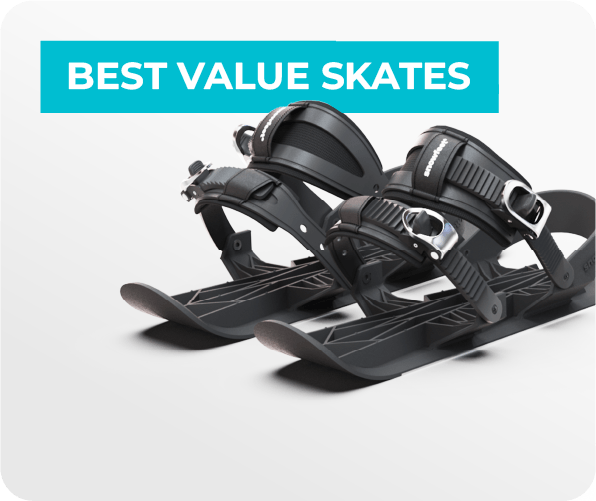
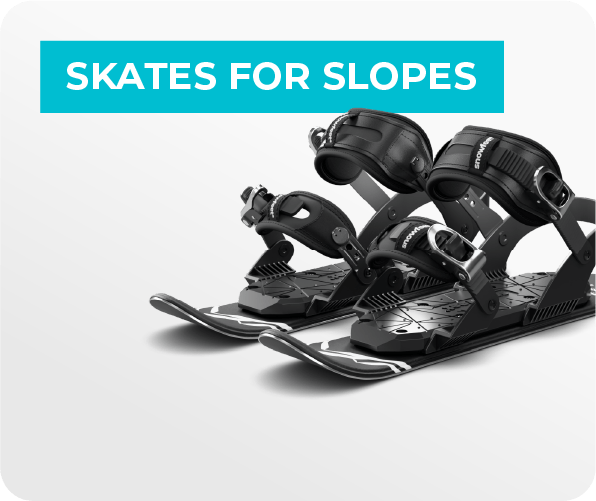
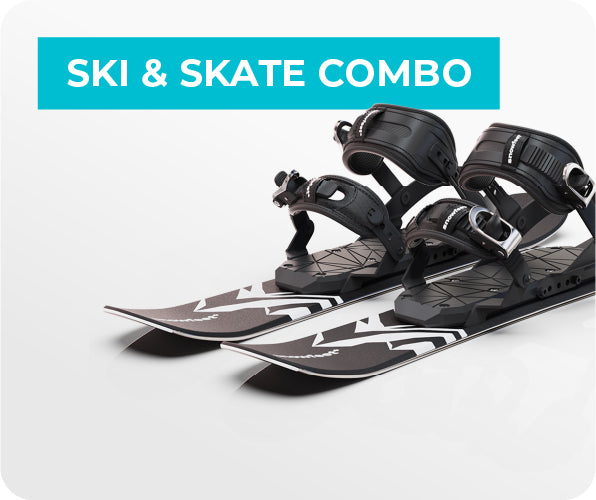
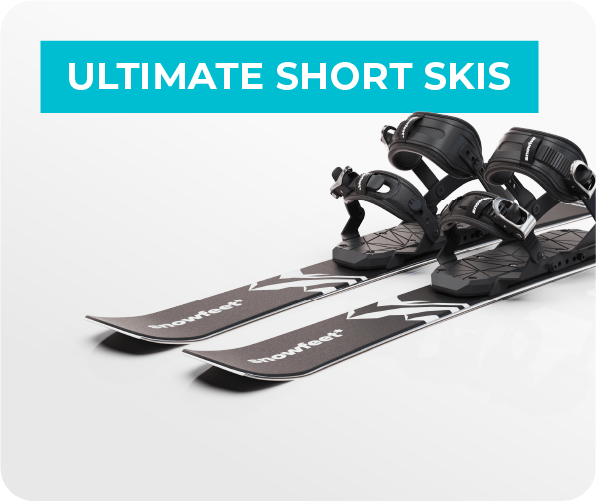
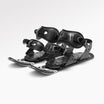
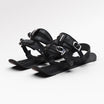
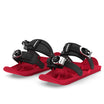
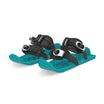
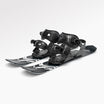
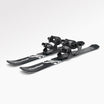
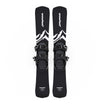
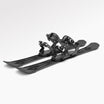
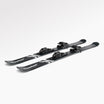
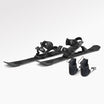

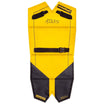
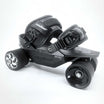

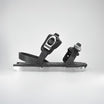
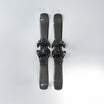
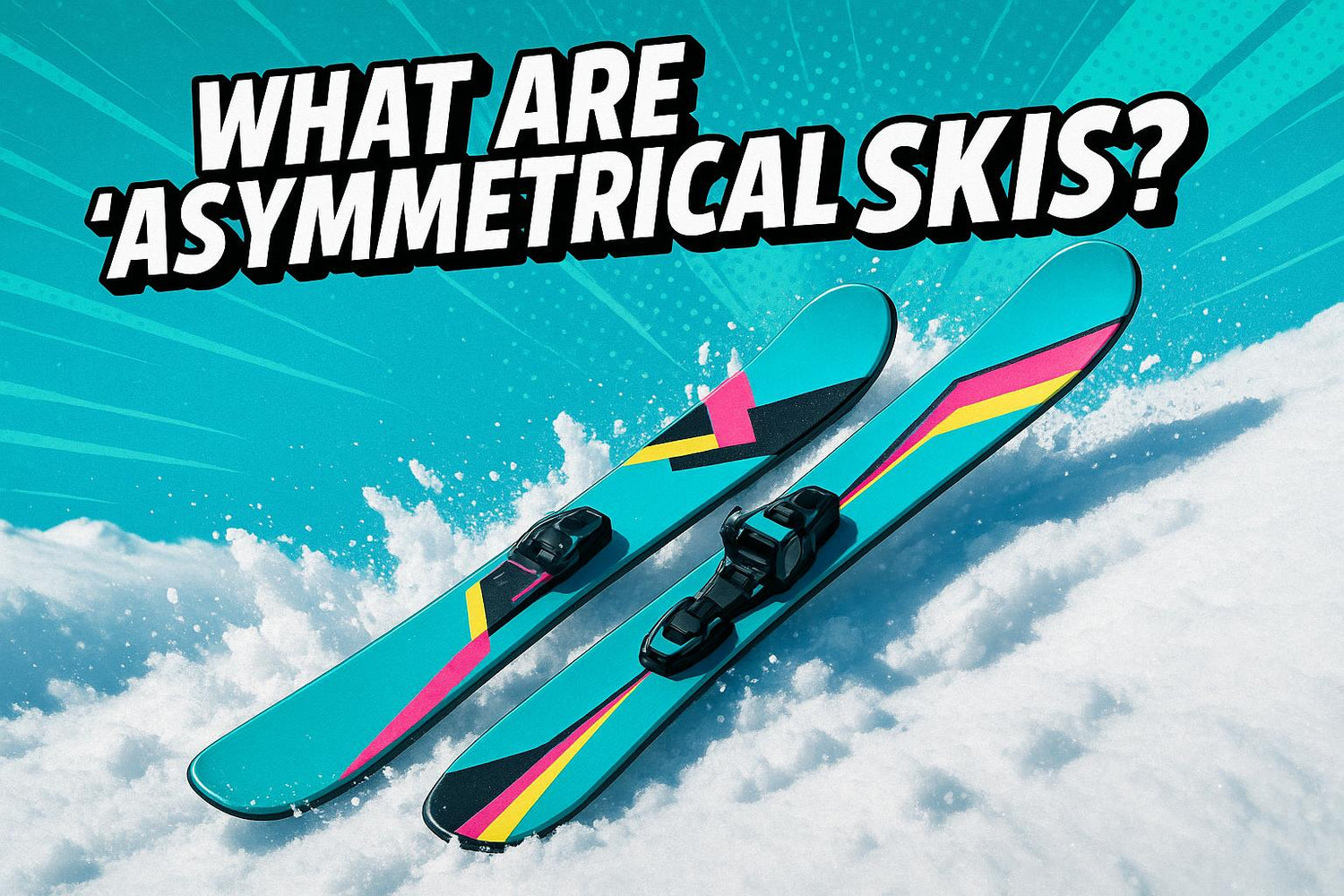
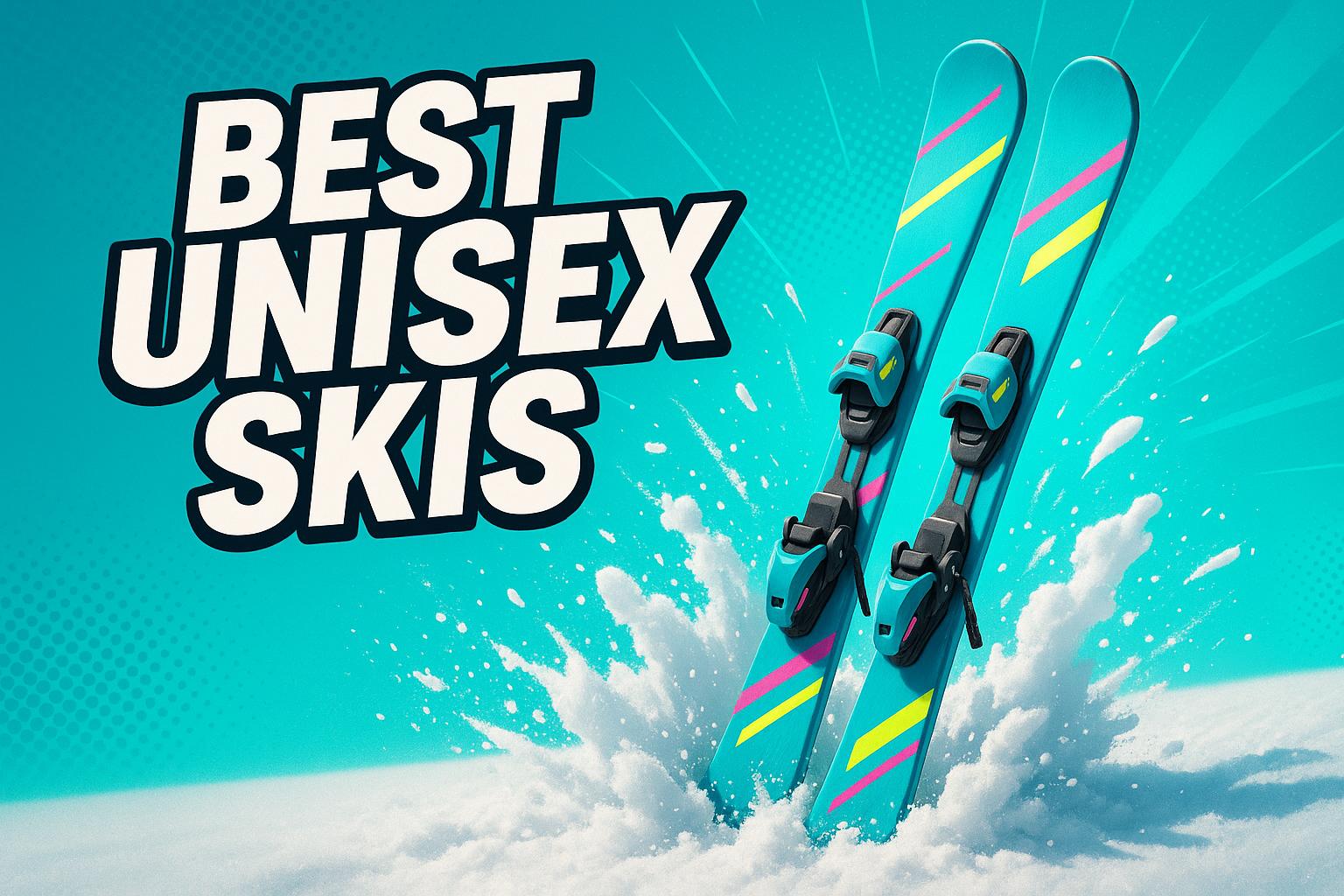
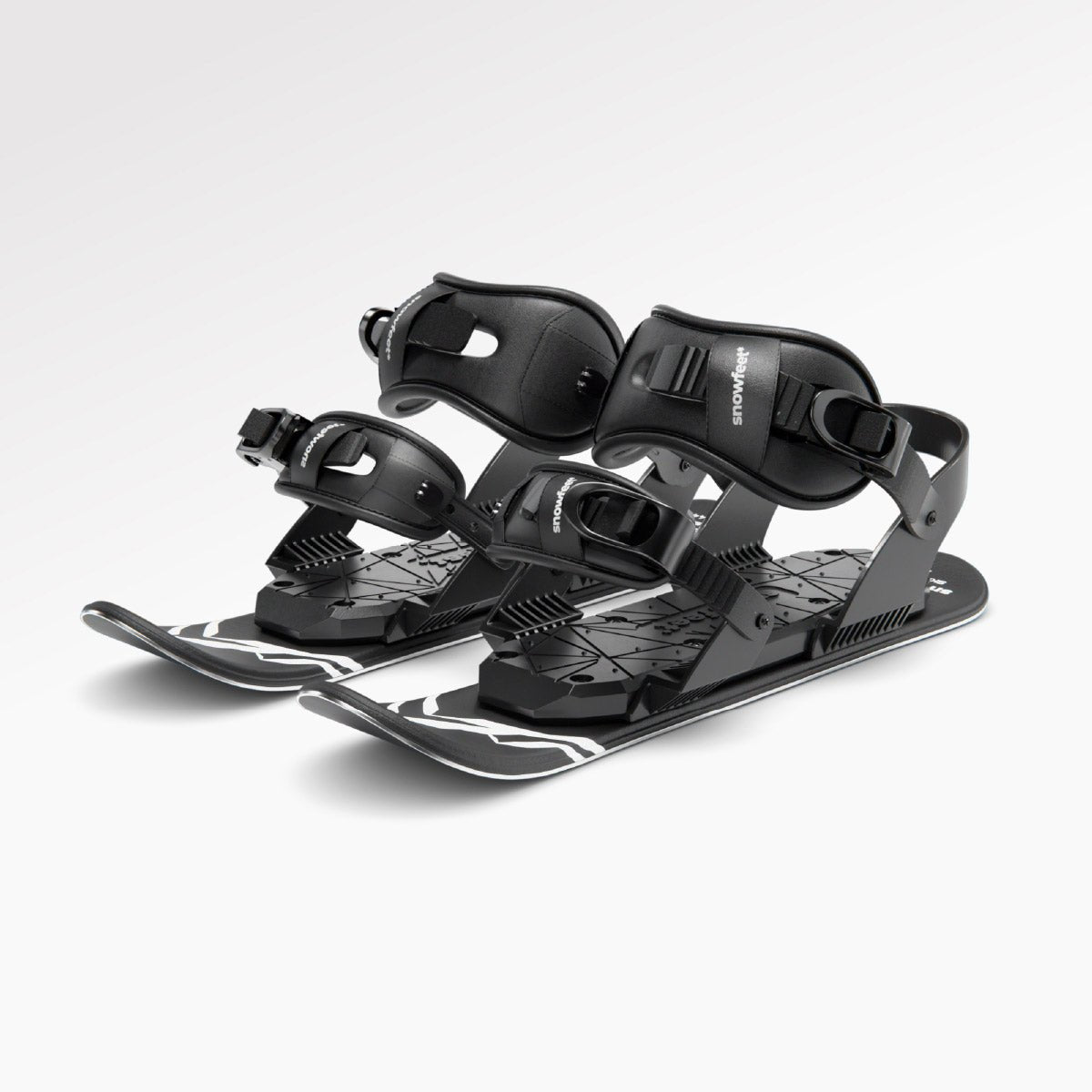
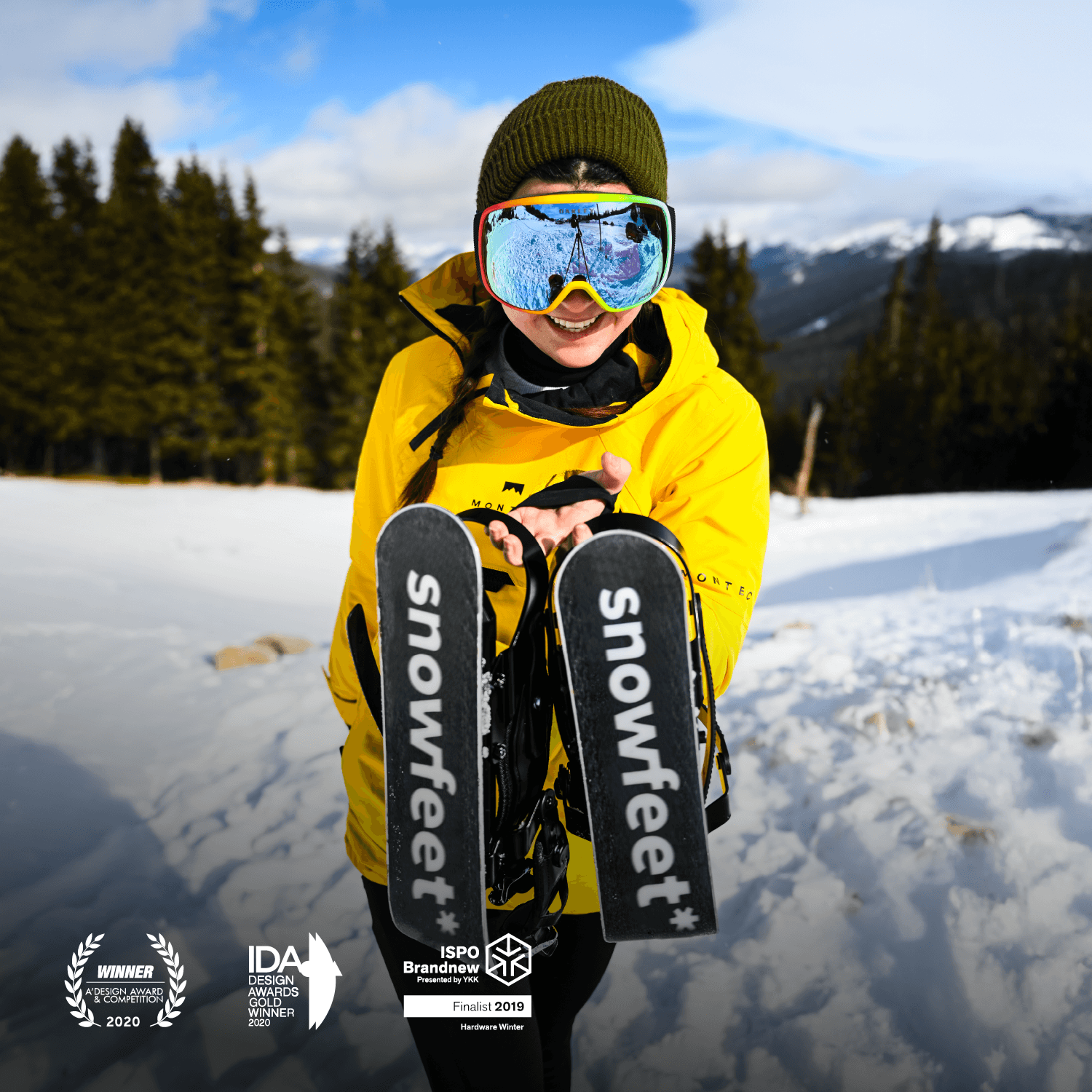
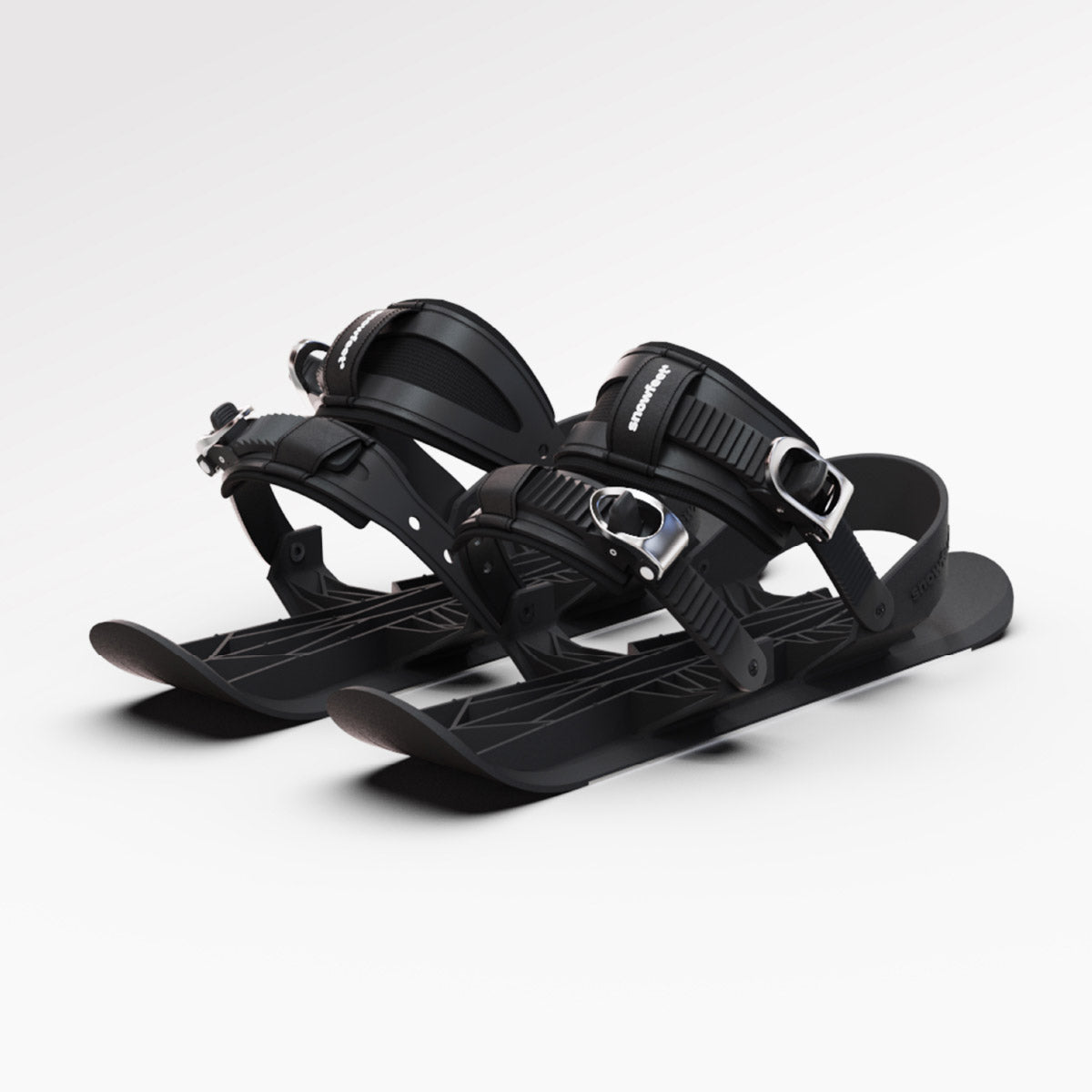
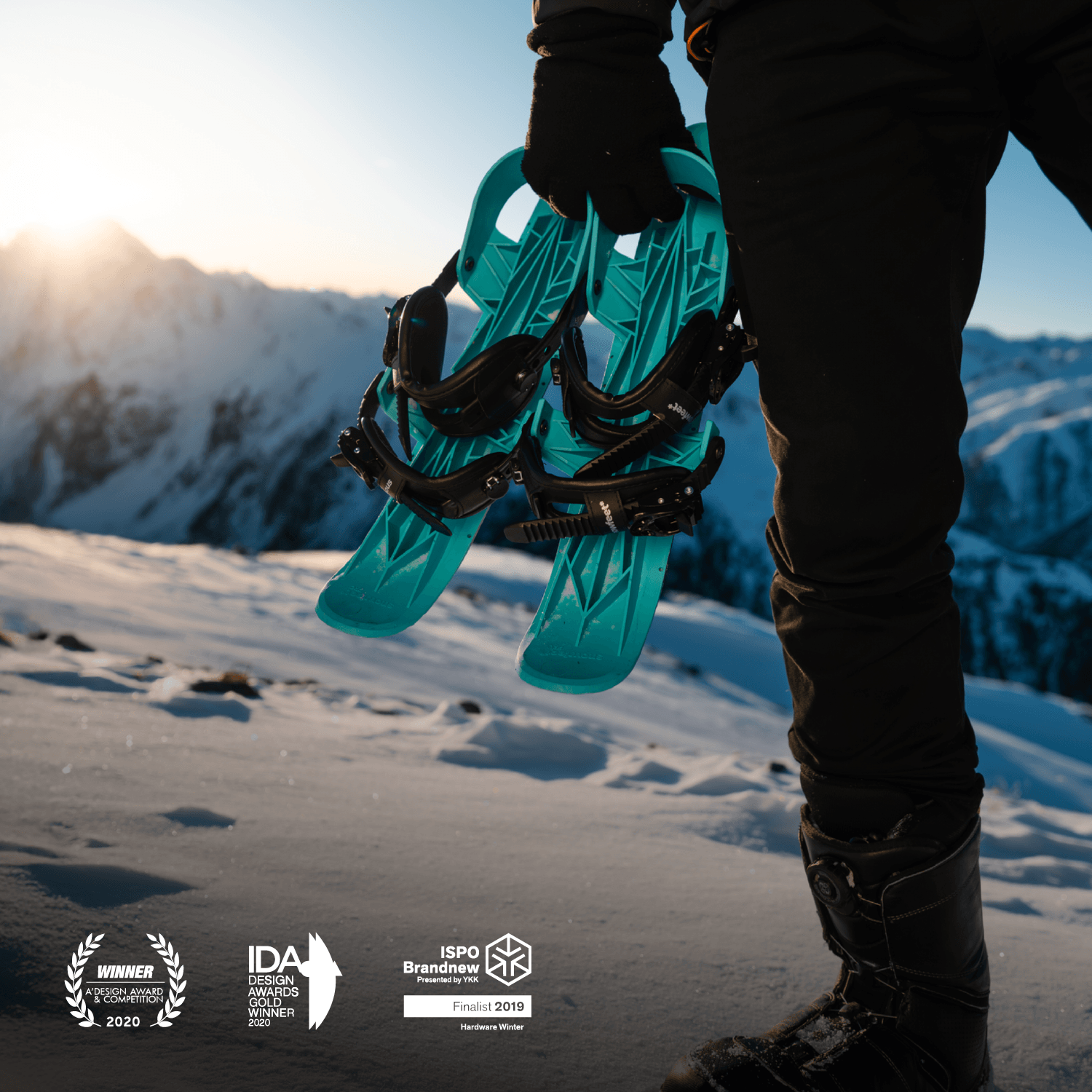
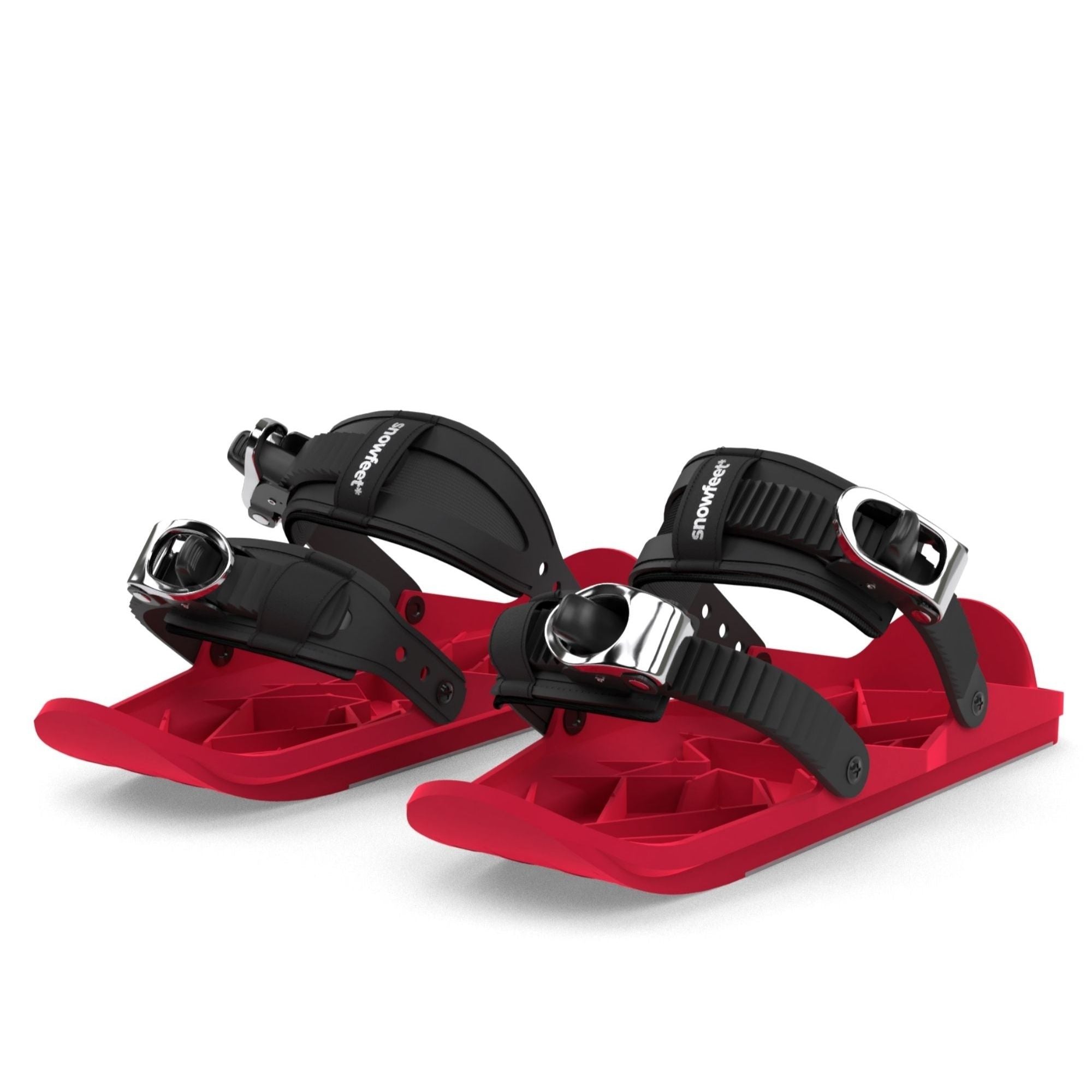
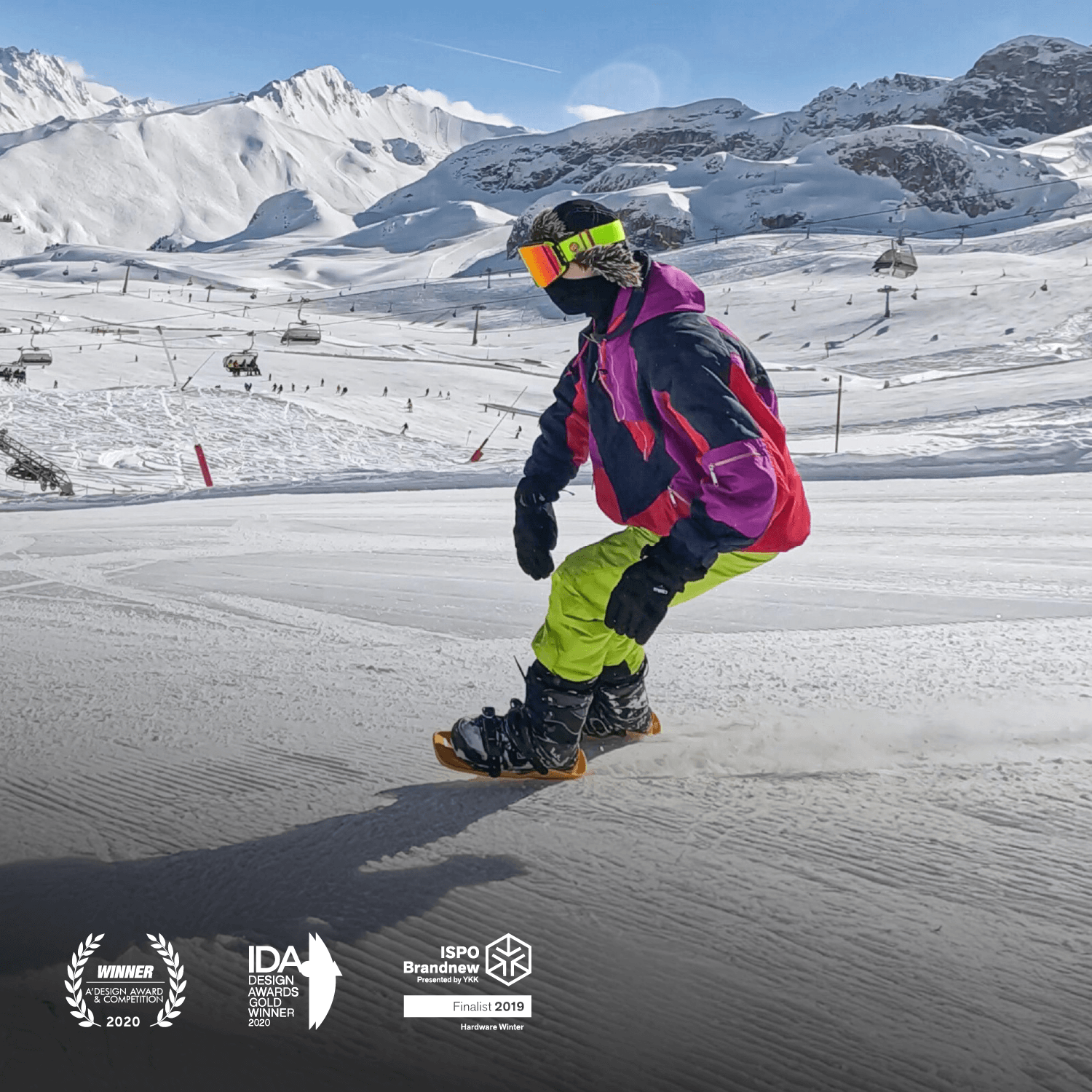
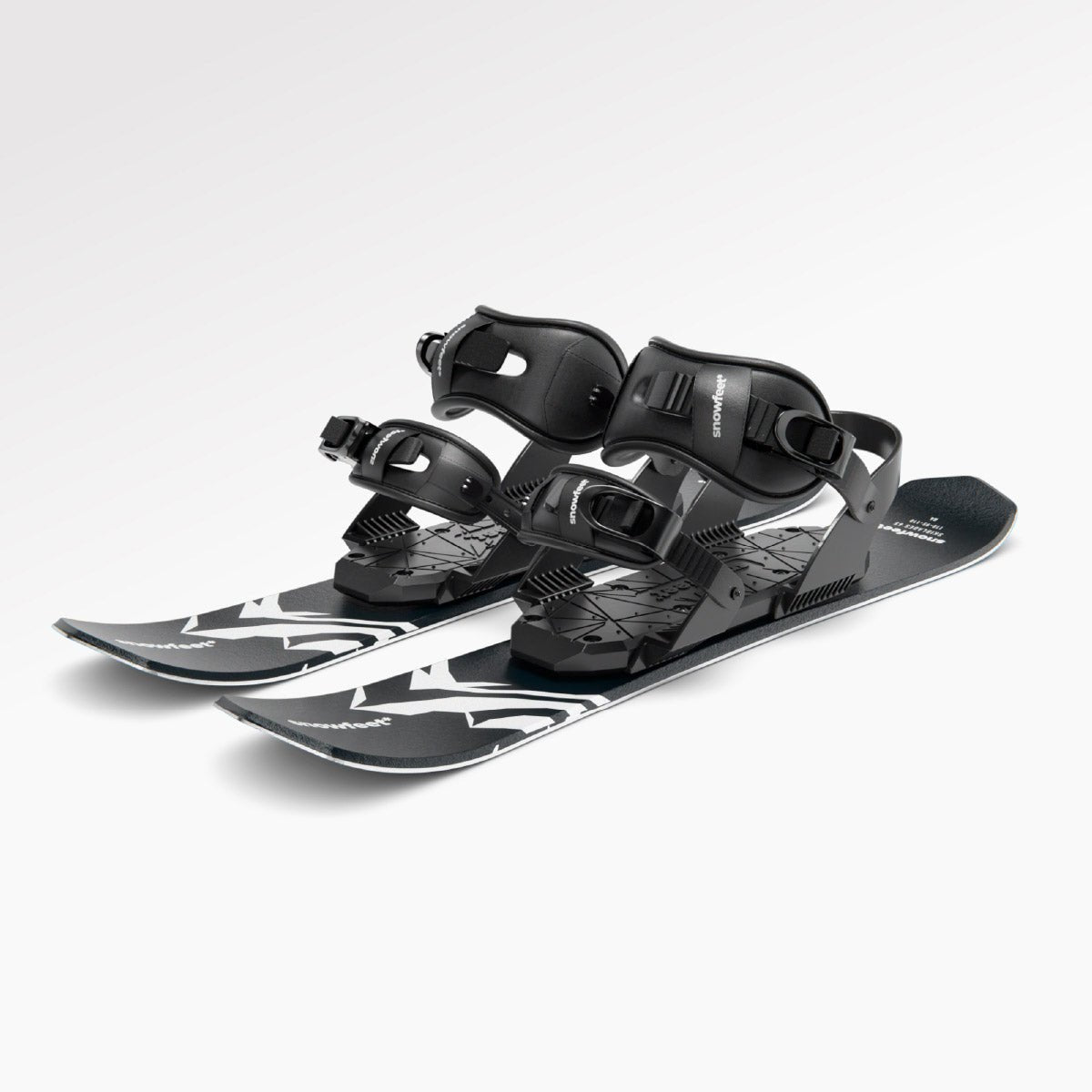
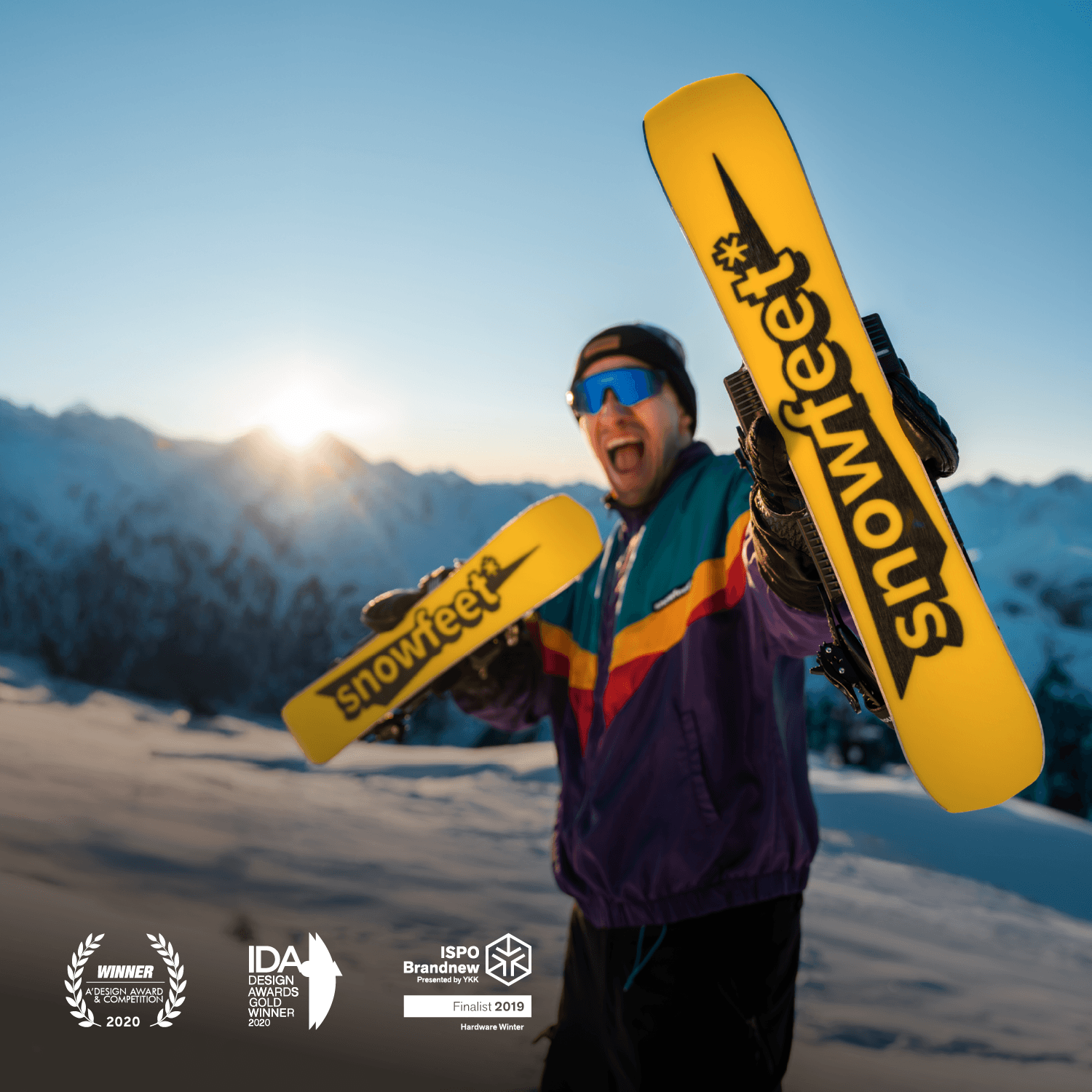
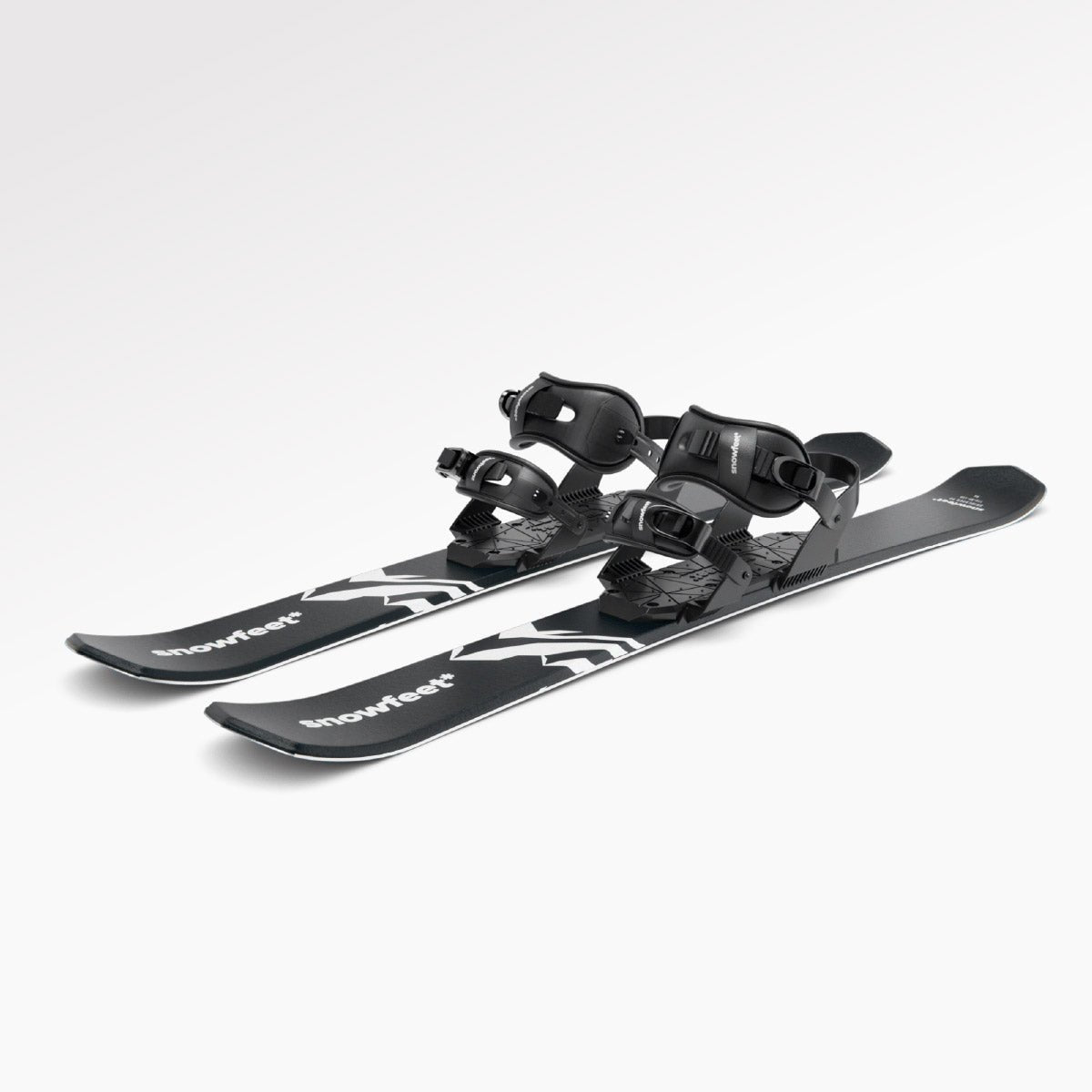
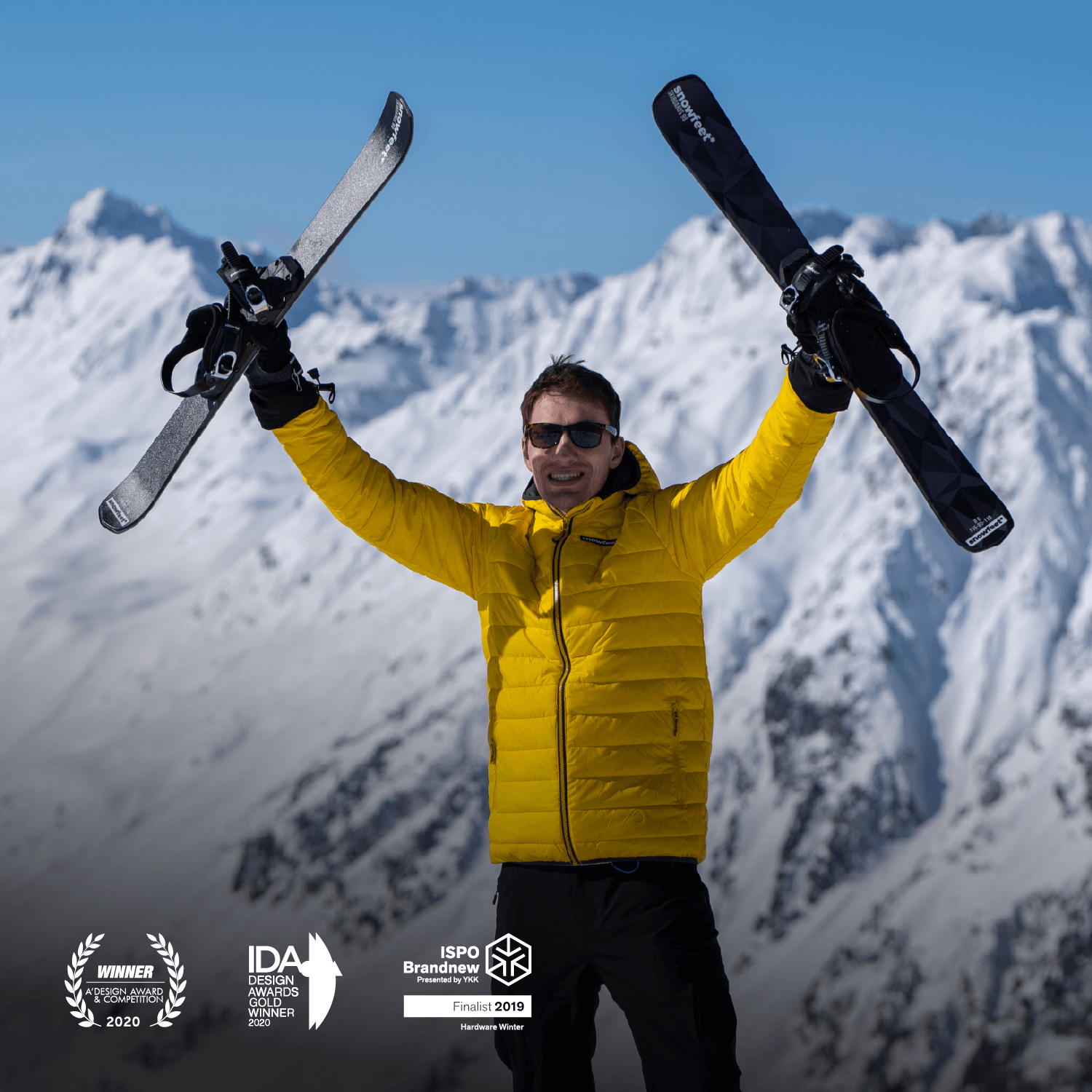
Leave a comment
This site is protected by hCaptcha and the hCaptcha Privacy Policy and Terms of Service apply.